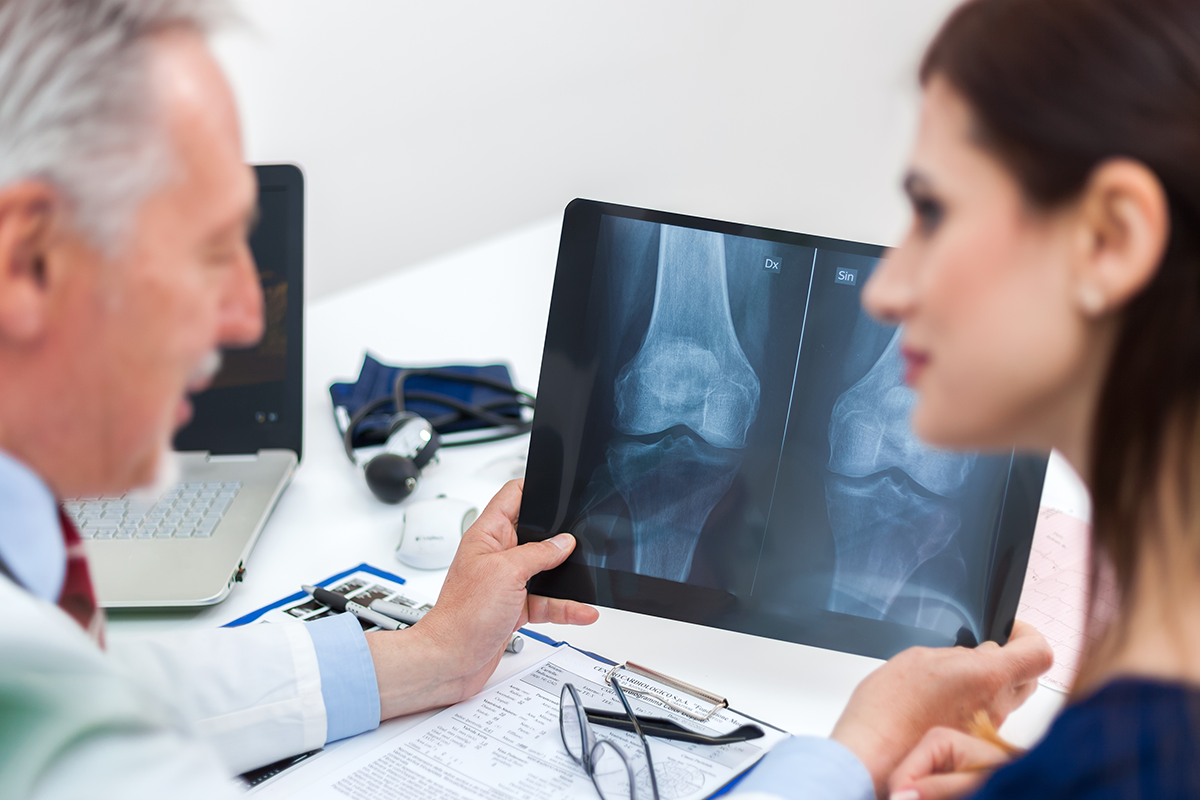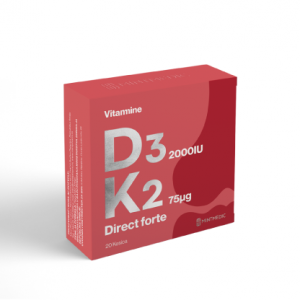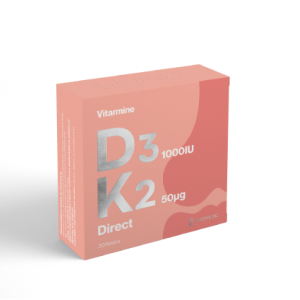One of the most common, and certainly one of the biggest causes of risk groups to seek an advice from doctors, is osteoporosis, or osteopenia as a condition that precedes osteoporosis. This problem manifests itself as a condition in which there is a loss of normal bone density, bones become brittle and fragile due to loss of building materials – one of the first symptoms may be a broken bone and at low load, back pain due to reduced vertebral flexibility.
Factors for bone loss are different, but most often the main influence is exerted by age, life habits, gender, which affect the building bone mass material – calcium salts.
Vitamin D is needed for the absorption of calcium from the intestines, however, it is very important to know that testosterone in men, or estrogen in the female population, is needed for its retention in the bones. For endogenous production of vitamin D, in normal conditions in a healthy organism, due to the accelerated lifestyle, sunbathing alone is usually not enough, healthy kidneys are certainly needed, so vitamin D supplementation is recommended. In an organism that is susceptible to any of the conditions that require more intensive saturation with vitamin D (malignant diseases, autoimmune diseases, conditions of severe hypovitaminosis, osteomalacia and osteoporosis, convalescence in athletes), the use of supplementation with an increased dose of vitamin D is recommended.
Bone mass is formed in the body up to 25 years of age. Depending on the physiological state of the organism, it is then maintained until the age of 35. However, recently, many studies show that the decline in physiological functions starts as early as 28 years of age. After that period of stagnation, bone mass begins to decline at the usual rate of 0.5% per year.
In females
Estrogen is responsible for regulating bone mass density in women. As menopausal estrogen levels decline, bones lose strength. Estrogen maintains calcium depots in women’s bones.
Insufficient amount of estrogen in women directly causes osteoporosis, even if there is enough Vitamin D, calcium and phosphorus in the body. Research has shown that in the first decade of menopause, a woman loses an average of 3% of bone mass per year, which is the cause of osteoporosis in women.
These processes begin in women about ten years earlier than in men, so women are significantly more prone to osteoporosis and with more pronounced symptoms.
In males
Testosterone stores calcium in a man’s bones. With the onset of andropause, testosterone levels begin to fall and the risk of osteoporosis increases significantly. If there is not enough testosterone in the body, even if there is enough vitamin D, calcium and magnesium, osteoporosis will occur. As men enter andropause about ten years after women, osteoporosis begins later.
Certainly these processes should not be generalized. Individually, there may be different dynamics of the onset of the disease in accordance with the risk factors.
We recommend that both women and men do regular medical examinations in their forties, which can painlessly and easily establish bone density.
It is important to know that certain medications can also reduce the penetration of calcium into the bones. Thus, corticosteroids significantly reduce the entry of calcium into the bones, while with the same consequences, but in a completely opposite way (they extract calcium from the bones) affect diseases such as hyperparathyroidism.
How can I recognize osteoporosis?
Among other things, regular medical examination and prevention are important because the symptoms of osteoporosis can go unnoticed for years. When the disease is discovered, it is often too late to return to its initial state and the fight is significantly more difficult. The first sign of osteoporosis is often a bone fracture. It is also important to know that the symptoms are different for different bones. Pain in the area of the spine is the main sign of weak vertebral bone. For years, this has led to severe pain in the lower spine and loss of height. Fractures in osteoporosis occur during normal activities. It is not about some big traumas at all. A hip fracture, which usually occurs after a fall, in osteoporosis can occur due to a minor accident, a blow in that area. With regular movement, you maintain the flexibility of bone and joint structures and reduce the possibility of fractures.
Risk factors
-
Women in their menopause period, especially if it occurred early.
-
Family history of osteoporosis (mother who had a hip fracture due to osteoporosis doubles the chance of the offspring having the same problem).
-
Smoking.
-
Regular use of alcohol.
-
Physical inactivity.
-
Poor health and weak immunity.
-
Chemotherapy that can lead to premature menopause.
-
Hyperthyroidism.
-
Hyperparathyroidism.
-
Lack of vitamin D and calcium in the diet, and later in food that preserves the effects of estrogen (soy) and testosterone (pumpkin seeds).
-
Chronic inflammatory conditions, such as chronic glomerulonephritis.
-
Immobility – after some trauma, fracture or stroke.
-
Use of some drugs (corticosteroids).
Product recommendations
-
Vitamin D3K2 Direct Forte
990,00рсд -
Vitammine D3K2 Direct 1+1 gratis
645,00рсд



